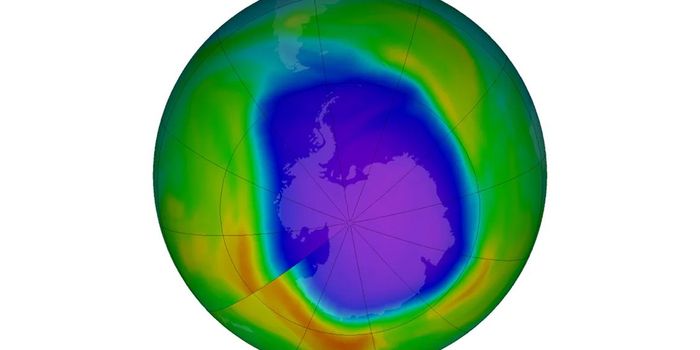California's drought isn't exactly breaking news. It's been going on for three years now, and it's headed into a fourth. The drought is breaking records. Recent measurements show that 58 percent of the state is in extreme drought, more of the state than has been in extreme drought since we have been keeping records. What is breaking news is an op-ed by NASA scientist Jay Famiglietti that appeared in the LA Times last week. The headline of the piece was that California has one year of water left in its reservoirs.

"That's absolutely terrifying-but thankfully not quite true," says Jeffrey Kightlinger. He's the general manager of the Metropolitan Water District of Southern California. "State and local agencies won't just let faucets run dry a year from now-they'll stretch out their water reserves as long and as thin as they can." What Kightlinger is referring to is household water rationing for cities and towns. Though it might cause some discomfort, it's not terribly complicated. It's usually done through pricing. With the goal of getting each Californian to start using less than their current 150 gallons of water per day, local water agencies will most likely start making water more expensive. Over a certain amount per day for each household, the price will spike. "Those penalties usually drive people to push their water use down because they realize they can cut their bill in half," Kightlinger says. "That's when you see people going from seven-minute showers to two-minute showers." This has proven to be a highly effective method of curbing household water usage. Several decades ago, when Australia was facing a severe drought, this technique brought the average Australian's usage down to about thirty gallons a day.
But households only accounts for about twenty percent of California's water usage. Most of the other eighty percent is used by California's farmers. Due to years of record low amounts of rainfall and snowpack in the mountains, which eventually becomes California's reservoir or surface water supply, there have been cuts in the amount of surface water available to California farmers. This had led to farmers drilling more wells and drawing much more on ground water. That water is being depleted at a much faster rate than it can possibly be resupplied, a practice Famiglietti refers to as "excessive and unsustainable" in his op-ed. The immediate effects of this ground water usage are plain to see. Land in California's Central Valley is sinking at the rate of one foot per year in many areas, causing massive damage to roads, dams, and levies, pipes and other infrastructure. The long-term effect will be that once the underground aquifers are drained, they will take centuries to refill. Essentially, once that water is gone. It's gone.
So, what's the answer? Famiglietti advocates several strategies, water rationing for one. He also advocates a change in the way that groundwater is managed in California. As the laws stand now, farmers are allowed to drill and pump water from beneath their land without restriction.
But the real solution is changing irrigation practices. According to organic farmer Richard Harrison, most of California's cropland is irrigated by flooding the fields or using sprinklers. Both of these methods waste about half the water used to evaporation and drainage into the soil. They also cause salts to build up over time, which eventually has to be washed out of the soil. Switching to raised beds and drip irrigation, a system where hoses with tiny holes in them are buried in the soil, require vastly less water to grow the same crops.
"California's water future", as Famiglietti writes "...will require major changes in policy and infrastructure that could take decades to identify and act upon. ... Today, not tomorrow, is the time to begin."
(Sources: Newsweek, Richard Harrison)









